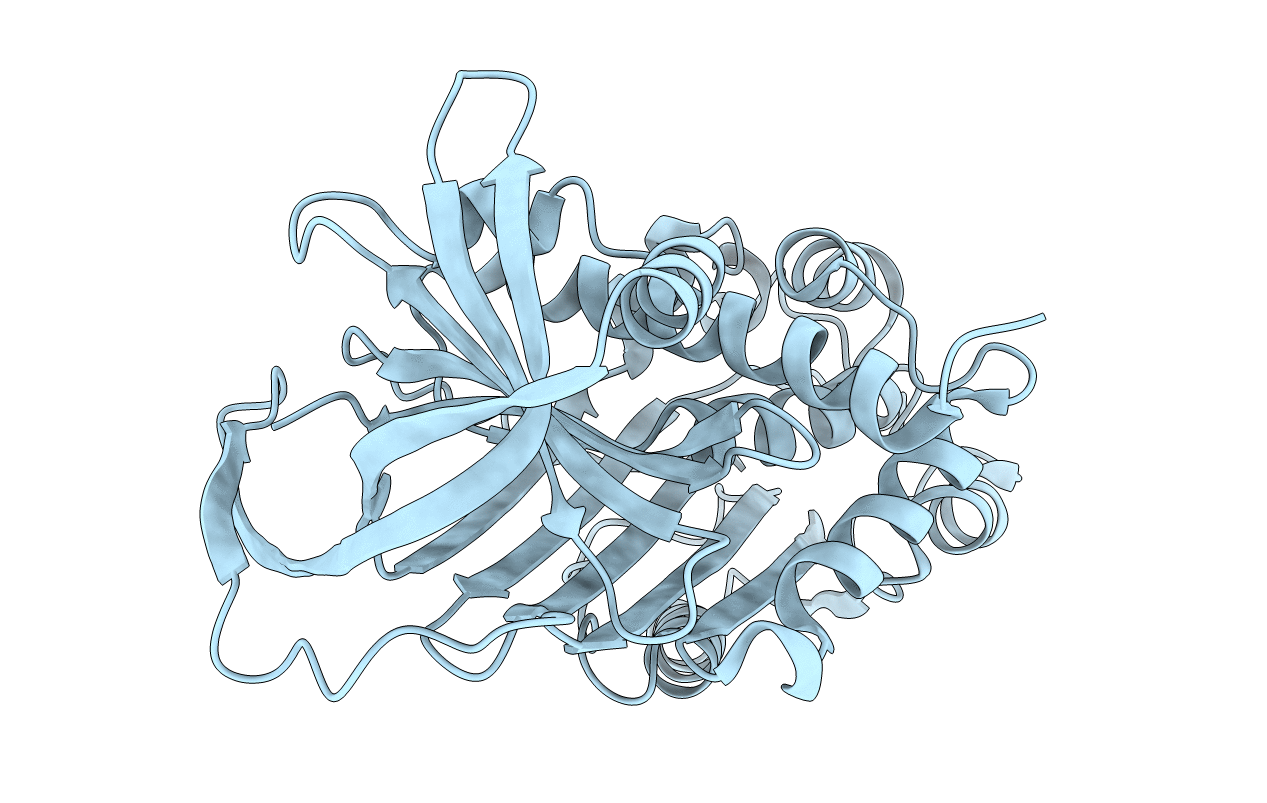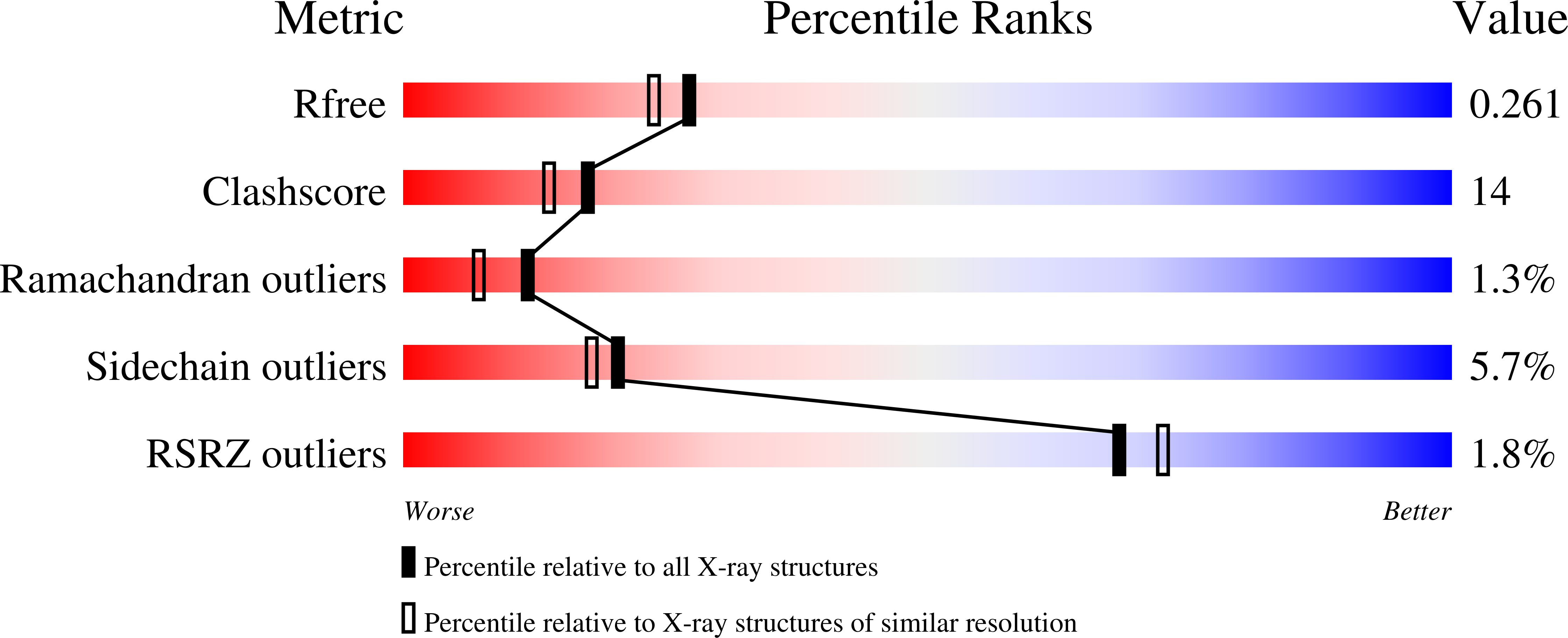
Deposition Date
2000-01-21
Release Date
2000-09-13
Last Version Date
2024-02-07
Entry Detail
PDB ID:
1DVN
Keywords:
Title:
LATENT FORM OF PLASMINOGEN ACTIVATOR INHIBITOR-1 (PAI-1)
Biological Source:
Source Organism:
Homo sapiens (Taxon ID: 9606)
Host Organism:
Method Details:
Experimental Method:
Resolution:
2.10 Å
R-Value Free:
0.28
R-Value Work:
0.23
R-Value Observed:
0.23
Space Group:
C 1 2 1


